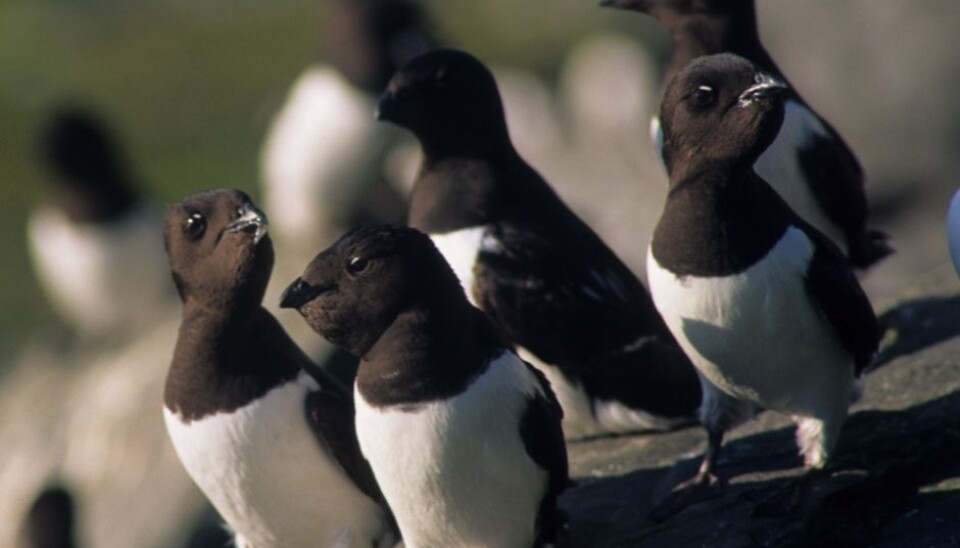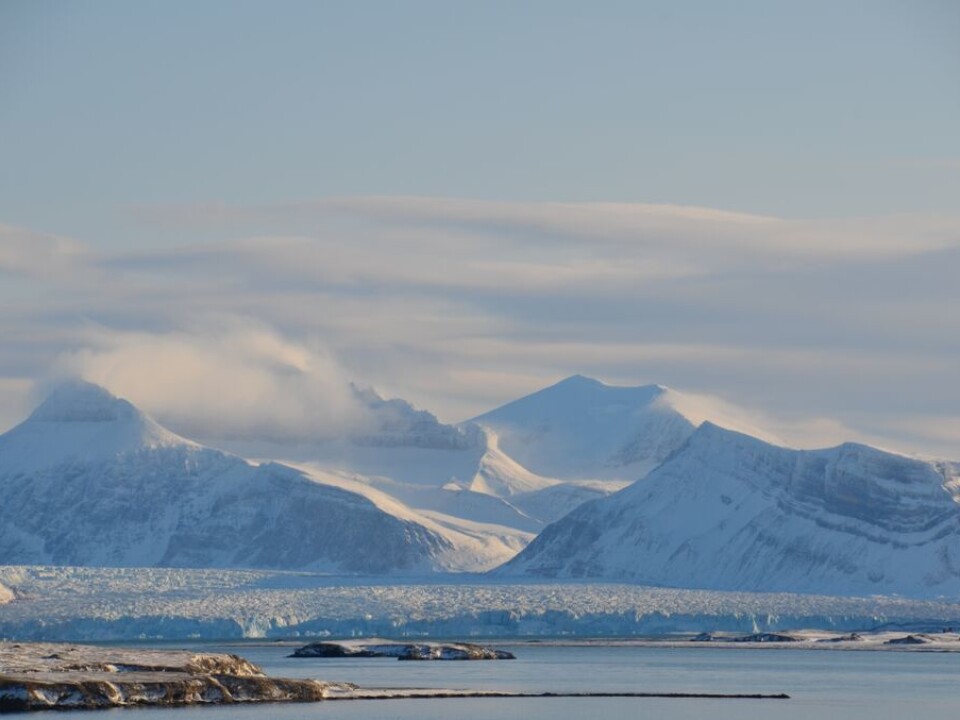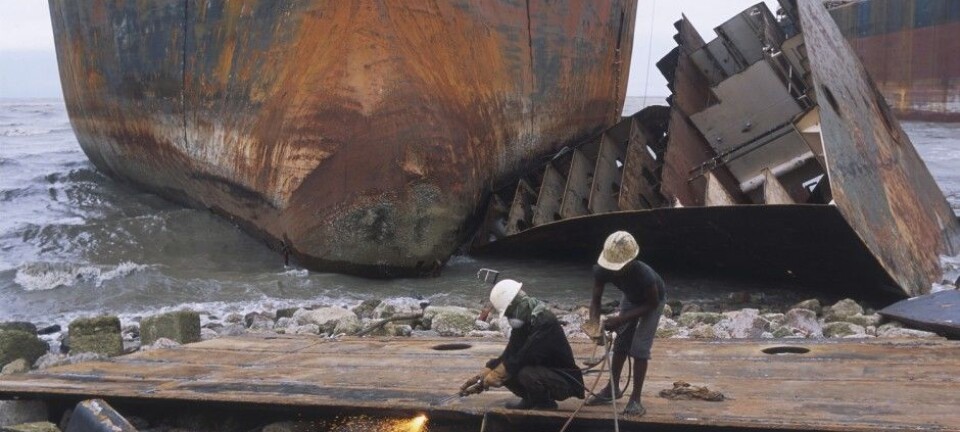This article was produced and financed by The Fram Centre

The spread of toxic mercury contamination is affecting the Arctic
The transport of environmental contaminants to the Arctic via water and air is a threat to nature. In the Arctic, methylmercury moves more effectively through the food chain than in more southerly waters.
Methylmercury is a toxic form of mercury that is easily absorbed from the gastrointestinal tract and that can cause a number of health problems. Methylmercury represents a significant threat to marine animals at the top of the aquatic food chain.
A new study, published in 2015, has confirmed that Arctic species of these animals have higher concentrations of methylmercury in their tissues compared with animals lower down the food chain.
“There has been a steeper rise in concentrations of methylmercury through the food chain in the Arctic than has been observed in a number of earlier studies, especially at lower latitudes”, says Anders Ruus, lead author of the study.
The study is part of the Fram Centre’s research programme on the impact of environmental contaminants in the High North, in which a number of researchers from eight research institutions have participated.
Emission from gold mines

“The environmental contaminant mercury has a global spread and is transported over long distances from the source of the emissions. There has been shown to be a net deposition of mercury to the Arctic from the atmosphere in the spring. Even though the international community had a global agreement in place in 2013 to reduce mercury levels, the environmental contaminant is still a problem in the Arctic. One of the most important sources of mercury emissions is emissions from gold mines and from coal combustion,” explains Eldbjørg Heimstad, director of research at the Norwegian Institute for Air Research (NILU) at the Fram Centre.
“But we can also see a corresponding trend in measurements for the trace element selenium, which can help play a protective role against mercury’s toxic effects. As yet we know little about the mechanisms behind this, but they probably involve the formation of metal-binding proteins, or binding of mercury in insoluble selenium compounds,” says Anders Ruus.
Selenium is a non-metallic element that is chemically related to sulphur and tellurium. It is rarer than silver and is poisonous in large amounts (in excess of 5 mg daily), but as a trace element it is essential to life.
Know more about heavy metals
The field work involved in the research was carried out in and around the Kongsfjorden system on Svalbard through three periods, while the analysis was done at a number of Norwegian laboratories. Measurements were taken in zooplankton, fish and birds in the area.
“The little auk that eat zooplankton have lower levels of methylmercury than the kittiwake that eat fish and crustaceans. Mercury levels were highest in the spring when methylmercury is also deposited to ice and land. High levels of selenium in the spring in seabirds indicate that selenium is important in mercury detoxification”, says Geir Wing Gabrielsen, researcher and head of the environmental pollutants section at the Norwegian Polar Institute.
“The findings confirm the results of earlier research which shows that environmental pollutants are capable of accumulating in greater concentrations in the Arctic food web than in systems further south, and are an important contribution to our knowledge of heavy metals in the Arctic”, says Anders Ruus.
-------------------------------------
Read the Norwegian version of this article at forskning.no



































